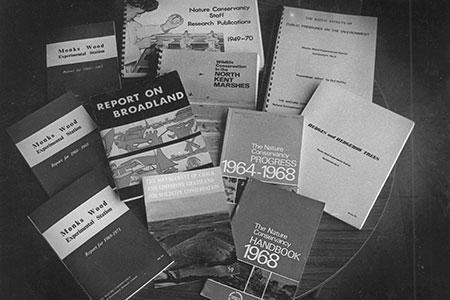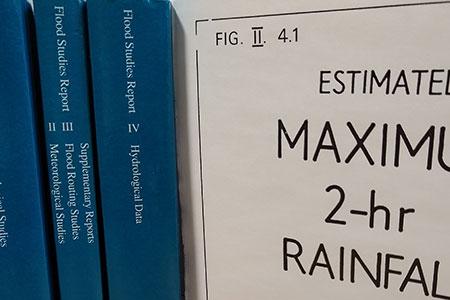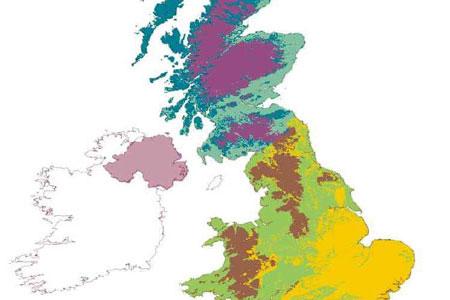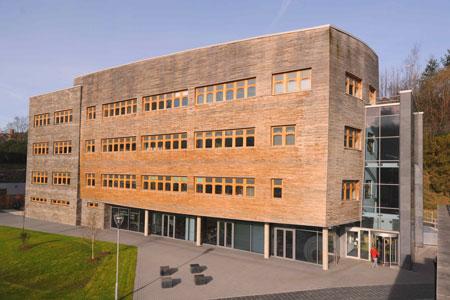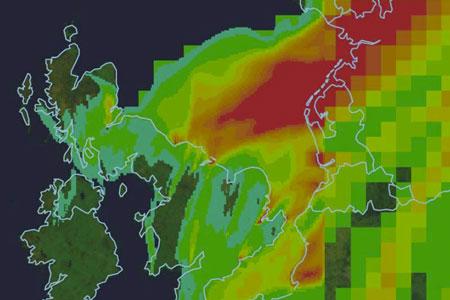The Centre for Ecology & Hydrology was formed in 2000 through a merger of four Natural Environment Research Council terrestrial and freshwater research institutes:
- The Institute of Hydrology
- The Institute of Terrestrial Ecology
- The Institute of Freshwater Ecology
- The Institute of Virology and Environmental Microbiology.
Scientists from these institutes have monitored and modelled environmental change for over 60 years, carrying out discovery science and supporting evidence-driven solutions to complex environmental challenges.
In 2019, the Centre became independent from the Natural Environment Research Council and its parent organisation UK Research and Innovation, and was re-named the UK Centre for Ecology & Hydrology.

